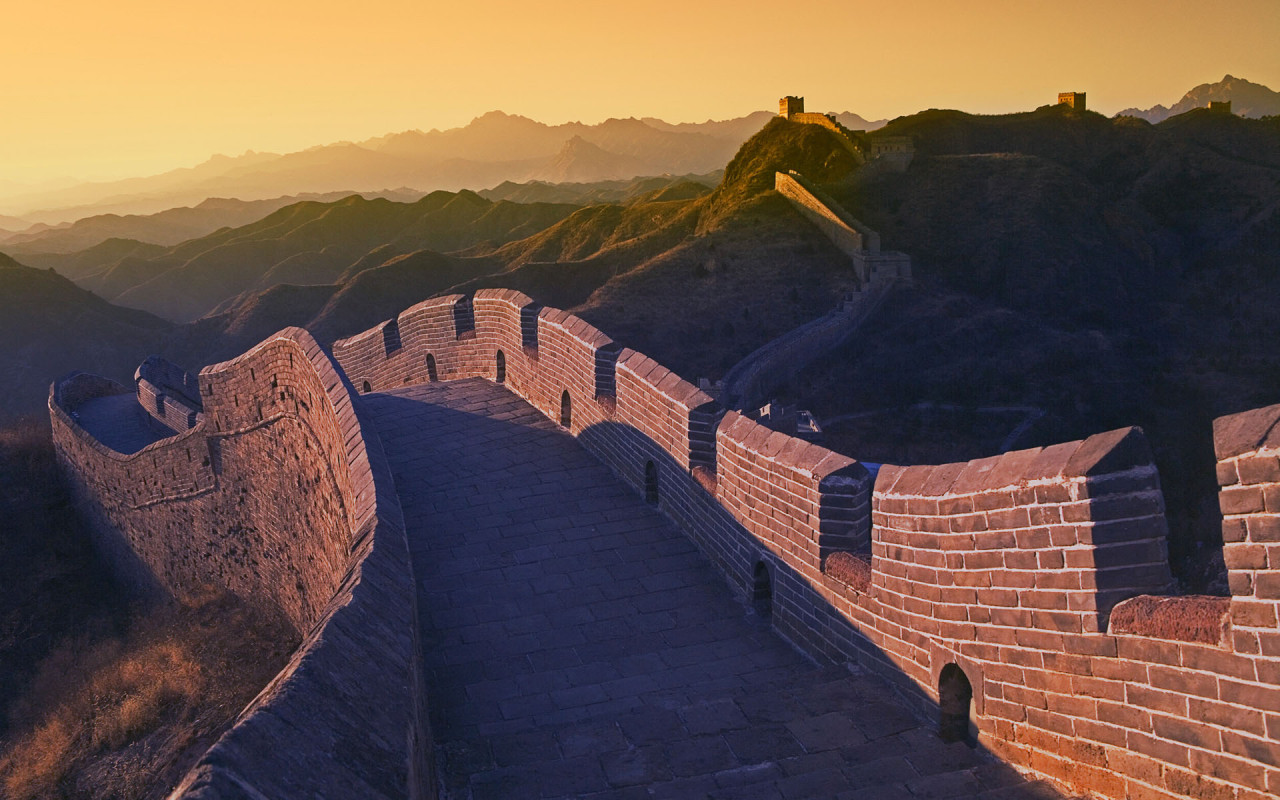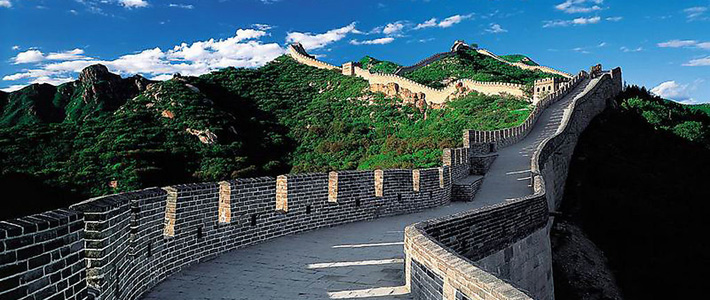A migratory
stop along the African-Eurasian flyway, the Kenya Lake System in the Great Rift
Valley is a cageless aviary—populated by 13 endemic, threatened bird species.
Up to four million lesser flamingos congregate among nesting great white
pelicans and roving flocks of spoonbills, grebes, and storks. More than 100
migratory bird species make this their home November through March, which local
safari guide Preston Mutinda says is prime bird-watching season. A two-hour
drive north of Nairobi, the shallow, alkaline bodies of water combine to cover
122 square miles, with Elmenteita, Bogoria, and Nakuru Lakes arranged, as
Mutinda puts it, “like pearls on a string along the Great Rift Valley.” The
valley’s floor ripples with hot springs, offering a rich feast of green algae
for foraging fowl. Zebras, black rhinos, cheetahs, lions, and giraffes also
wander along the shoreline—but even they play supporting roles for the star
attraction, the flurry of pink taking flight.

To the eager
adventurers of the mid-19th century, the Swiss Alps seemed to have it
all—majestic peaks, sinuous valleys, exuberant vistas. Just one piece was
missing: an efficient way to get there. The launches of the Rhaetian Railway’s
Albula (1904) and Bernina (1910) lines reached the previously unattainable,
with a series of 196 viaducts and bridges and 55 tunnels opening up a remote
domain. The narrow-gauge railway and its trademark red train cars delivered a
speedy link to, among other places, Tirano, Italy. As a result, an active
winter sporting scene emerged, culminating in the 1928 and 1948 Olympic Games
in St. Moritz, Switzerland. Jack Helfenstein, who lives on Lake Zürich, advises
Bernina riders to stay on board past the tony Swiss resort. “The next leg is
even more spectacular, as it passes glaciers and the snowcapped Bernina
Massif.” In continuous use since their debut, the click-clacking tracks offer
an antidote to the blur of jet-set travel.

When the
calendar turns to pre-Lent carnival season, one thing’s a given in the river
town of Mohács in southern Hungary: The busók are coming. Not that anyone could
miss them. Arriving by rowboat on the Danube and cloaked in shaggy pelts,
carved wooden masks, ram’s horns, and the scraggly chops of a barbarian, some
500 men (and a few women) parade through town, bombarding the air with the
jangle of cowbells. Folk singing, craft fairs, and brandy keep spirits high
over the course of the rollicking six-day masquerade, called Busójárás, which
crescendoes into the burning of a coffin that ceremoniously drives away winter.
In the centuries since Mohács’s Croatian minority started the carnival,
residents have embraced the rowdy ritual as a spectacle with roots in
resistance. One legend holds that the tradition began in defiance of the
Ottoman occupation of Hungary, when locals retreated to the woods, created
their demonic alter egos, and then reappeared to send the Turks packing. Today,
the busók embody street theater at its most authentic—diabolical grins
included. “It’s like traveling through time,” says Hungarian-born Joe Petersburger,
a biologist and photographer. “You feel an ancient nomadic power fused with
Christianity. The devilish horned masks conceal the revelers, so you never know
if you’re looking at a skinny teen or a 200-pound bodyguard.”

Second in
size only to the Great Barrier Reef in Australia, the 237,962-acre Belize
Barrier Reef System is a watery realm of mangrove cays, coastal lagoons, and
coral shelves teeming with seabirds, 500-plus fish species, manatees, and
American marine crocodiles. It also features a cobalt abyss called the Great
Blue Hole. In 1971, Jacques Cousteau sailed the Calypso here on a mission to
map its depths and unlock the mysteries of its formation. He determined that a
series of geological shifts, starting 150,000 years ago, created a
412-foot-deep cave pierced by massive stalactites and submerged by the rising
sea level. In the decades since, an uptick in scuba diving has taken a toll on
its delicate coral reef.

In the lobby
of Brasília’s Itamaraty Palace, a spiraling staircase rises like a helix—one example
of the way modernism underpins Brazil’s forward-looking capital. A marvel of
urban planning built to fulfill an 1891 constitutional pledge, the “Capital
Federal” spun into order in 1960 with an emphasis on curved lines and
monumental forms, a layout sometimes likened to a bird in flight. Brazilian
architect Oscar Niemeyer’s dramatic structures radiate from an axis in which an
arc of residences intersects a straight stretch of public buildings. Designed
for a population of 500,000, the city of 2.5 million has far outgrown its
original vision, yet Brasília’s center retains the romance of a time when sleek
lines materialized as a language for expressing big ideas. “I always find
something new in the ingenious designs of Niemeyer,” says Indira Fernandes, who
lived in Brasília as a child and says she loves admiring the sunset from the
Dom Bosco Sanctuary. Renowned for its Murano glass windows, the
concrete-columned landmark was named for an Italian saint who, in the 19th
century, dreamed of a New World utopia that was to become Brasília.

Northeastern
Spain’s ritual of castell construction, an 18th-century tradition turned
contemporary competition, expresses the strength, not to mention structural
integrity, of Catalan culture. Human towers, which punctuate festivals in
Catalonia like daredevil exclamation points, methodically rise to soaring
heights within minutes. A young enxaneta (rider), often a child, tops the
steeple of people and salutes the crowd before the construction is carefully
reverse engineered to the ground. “The best enxanetas are light kids who go up
and down with no fanfare,” says Bernat Olle, who grew up near Valls, where
castell building originated. “I topped a four-tier tower once in high school
with friends. Without skills, for me the feeling was like trying to stand on
one of those gym stability balls—except that you can fall and break your neck.
Going down isn’t any easier.”

When Thomas
Jefferson traveled, he collected wine and books—and also ideas that would
change the course of history. Nowhere is the electricity of his imagination
brighter than within the academical village of the University of Virginia and
at Monticello, Jefferson’s plantation home in the rolling Piedmont region of
Virginia. “Monticello pays homage to Palladio and Old World neoclassical
architecture,” says Leslie Greene Bowman, president of the Thomas Jefferson
Foundation, which runs the estate. Though the Founding Father’s plans were
rooted in those ideals of antiquity, his adaptations signaled the inventive
pragmatism of his young country. Completed in 1809, Monticello debuted designs
for skylights, round windows, and a domed room. Jefferson had a knack for
novelties, from wine dumbwaiters to a rotating clothing rack. “He carved off a
mountaintop for Monticello and included terraces and Venetian porches to take
advantage of the views,” says Bowman. He also pioneered wine cultivation in the
fertile land around his estate. Though such experiments bore little fruit in
his lifetime, today the Virginia wine industry thrives. The Jefferson
laboratory lives on.

Built on a
floodplain along the Bani River, Djénné’s Great Mosque, the largest mud-brick
structure in the world, dominates the Mali town, southwest of Tombouctou
(Timbuktu), in fact and folklore. With its smooth, sun-dried mud walls and
towers scaffolded with bundles of sticks (called toron locally), the mosque
appeared like a mirage for trans-Saharan camel caravans during the Middle Ages,
when Djénné served as a trading hub. These days the century-old mosque houses a
network of arched corridors and prayer rooms constructed on the site and in the
style of the circa 13th-century original. Devout locals rally for the annual
Fête de Crépissage to slather the edifice with a new layer of mud. A few
rainstorms have been known to wash away their work, making the hand-smoothed
surface a fleeting attraction. That cycle is accelerating as climate change
lowers river levels, which in turn degrades the quality of the mud for bricks
and plaster. A military coup and conflicts among rebels recently put the
country in turmoil, but this seems only to enhance the town’s
survive-against-all-odds mystique.
In Chinese
culture, the all-important balance of yin and yang wavers on the “double
fifth”—the fifth day of the fifth lunar month (falling on June 12 in 2013).
That signals a series of rituals intended to shake its bad luck and flush out
illness, ranging from hanging herbs at home to the showstopping, chaotic Dragon
Boat Festival. Fiercely competitive boat races pay tribute to the dragon (the
mythological ruler of water) throughout China and with related events in
Malaysia, North America, and Japan. Ornate boats crowned with dragon heads,
scales, and tails are each powered by a crew of up to 50 paddling frenetically
to a pounding drumbeat and, these days, pop tunes. The revelry hits its apogee
in Hong Kong, where the Tuen Ng Festival features splashy sprints at Victoria
Harbour accompanied by a field day of ritual cleansing, song and dance, and
feasts of zonzgi (rice dumplings wrapped in bamboo leaves). “For me, the real
thrill is the meaning of the races,” says Hong Kong resident and Traveler
editor at large Daisann McLane. “They commemorate the poet and statesman Qu
Yuan, who threw himself into China’s Miluo River more than 2,000 years ago
rather than follow the dictates of a corrupt emperor. Behind the colors and
excitement, his story of honor reverberates through the centuries.”

Southern
Jordan’s sandstone and granite Wadi Rum Protected Area has been called the
Valley of the Moon. Another possible nickname—“rock garden of the gods.” T. E.
Lawrence (aka Lawrence of Arabia) was so enchanted by Wadi Rum, he wrote of how
“the crimson sunset burned on its stupendous cliffs and slanted ladders of hazy
fire down the walled avenue” in Seven Pillars of Wisdom, the British Army
officer’s autobiography inspired by his time on the Arabian Peninsula during
World War I. For the past 12,000 years, successive peoples, from pre-Islamic
Arabian tribes and Nabataeans to today’s Bedouins, have tried to chronicle the
place’s wonders, with more than 40,000 petroglyphs and inscriptions giving
testament to these cultures. By camel or four-wheel drive or by soaring in an
ultralight aircraft, visitors traverse the expanse of red sand and craggy rock
formations—called djebel (Arabic for mountain)—that some archaeologists now
fear may be in jeopardy due to inadequate tourism management. No matter their
conveyance, travelers are likely to feel the insignificance that Lawrence
described: “Our little caravan grew self-conscious, and fell dead quiet, afraid
and ashamed to flaunt its smallness in the presence of the stupendous hills.”















